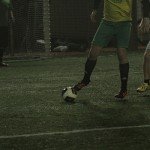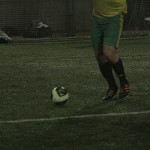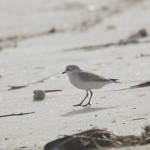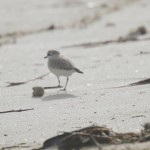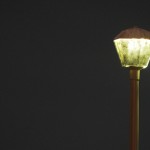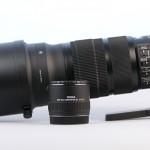Meta has announced the launch of Meta AI in South Africa with built-in Llama 3 on WhatsApp. This is a leapfrog step for…
Sigma 120-300mm ‘Sports’ lens review: slow focus, impressive range
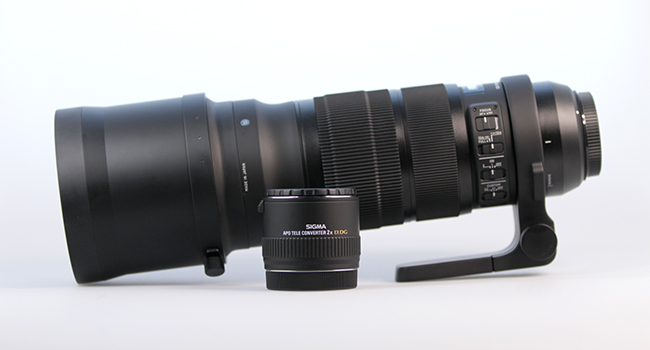

The newest lens from Sigma marks the start of the company’s “Sports” line of lenses. This is the Sigma 120-300mm F2.8 DG OS HSM Lens available for Canon, Nikon and Sigma mounts.
There are a few reviews out on this lens already, all very technical. So I’d like to gear this one towards the consumer photographer, pro-consumer or hobbyist. This is a review about what you will (and won’t) get from this lens, and what kinds of shots you can capture with this impressive telephoto lens… you’ll be surprised.
The 120-300mm is a big big, bold and beautiful lens that is as much an optical experience (no other zoom-lens on the market matches its range at f/2.8 constant aperture) as it is a fashion statement. If you’ve ever wanted people to think you mean business as a photographer, just put this lens on your camera body.
Please note that the Canon-mount version of this lens was tested on the Canon EOS 7D which has a 1.6 crop sensor, so in reality the lens was 192-480mm on the 7D body. Certain shots were taken with the Sigma 2.0X APO DG Teleconverter, doubling the range of the lens.
Looks to kill
This lens is a hell of a looker, made of solid aluminium with a matte-black finish. The metal is very smooth, which can be a bit tricky to hold at times, and it shows finger marks quite easily. It’s very easy on the eyes save for that. The zoom and focus rings are cleverly wide, and close together, allowing for single-hand adjustments. They are also noticeably firm which makes them incredibly accurate once you get used to it. Weighing in at just over 3 kilograms, this is one of the heaviest lenses you’ll ever use. It clocks in at 124.4mm x 291mm (diameter by length) in dimension and its filter size is a whopping 105mm – this a big, serious lens.
It’s possible to use the lens handheld for short periods of time, but at 3.3 kilograms it’s not a pleasant experience. I’d recommend you use a monopod at the very least.
Features
The Sigma comes with a handful of necessary and expected features. There are two levels of OS (Optical Stabalization), one intended for fast-moving subjects, and the other for more general purpose. It uses a HSM (Hyper Sonic Motor) for autofocusing (AF), which is incredibly quiet.
There is a focus limiter to adjust the range of autofocusing which I found imperative when working at such distances. The Sigma also comes with “custom” switches which can be programmed with presets for AF-speed, focus points, stabilization and so on, using the Sigma USB Dock – which is sold separately.
Range is of course the main feature of this lens. There is no other zoom lens up to 300mm currently on the market that has a constant aperture as fast as f/2.8. Prime equivalents are very expensive (around the US$5000/R52 000 mark), so this actually makes the Sigma 120-300mm a pretty good deal at US$3600 (RRP R47 999 as told to us by Sigma).
Performance
This lens performs decently to very well if I had to put it on a (vague) scale. Very well translates to sharp images across all zoom ranges, and at most apertures (between 5.6-7.1 seems to be the sweet spots). There is a small amount of chromatic aberration at the wide end, but only with heavily contrasted shots. Vignetting too, is only really noticeable at 300mm focal length at f/2.8.
However, I found the lens wanting when trying to capture fast-moving subjects (especially moving towards and away from the camera), simply because the AF-speed could not keep up. Now I did not have the Sigma USB Dock to customize my AF-speed, so this is purely as it was out of the box (and on the Canon 7D), but subjects tended to get out of focus moving vertically, and the lens struggled to regain focus on them once out. In some cases, at One-Shot AF, it simply refused to take the picture at all. Have a look at the gallery below to see an example of subjects moving away from, and towards the camera to get an idea of this.

Subject Moving Closer Towards Camera 01
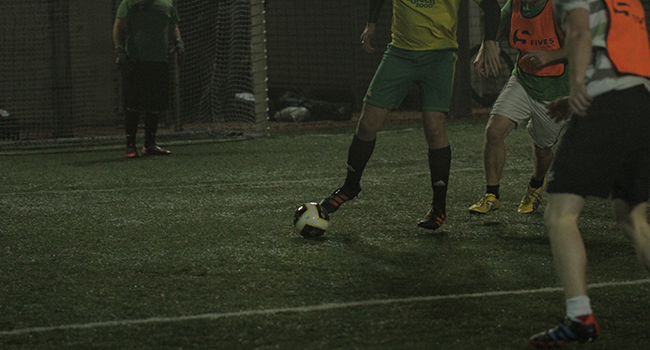
Watch the ball closely. | Shot on Canon EOS 7D | f/2.8 | 1/400 sec exposure time | ISO: 3200 | Focal Length 120mm
Subject Moving Closer Towards Camera 02
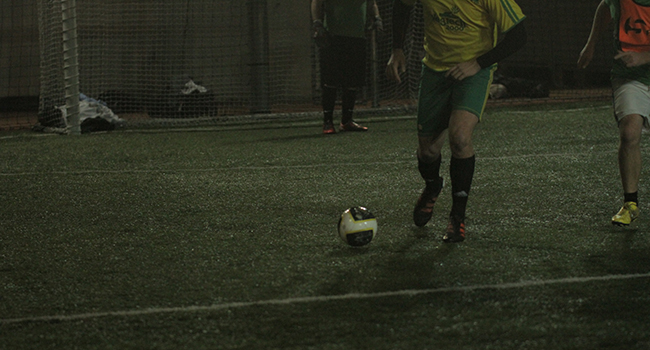
Still okay, not great, but okay. | Shot on Canon EOS 7D | f/2.8 | 1/400 sec exposure time | ISO: 3200 | Focal Length 120mm
Subject Moving Closer Towards Camera 03
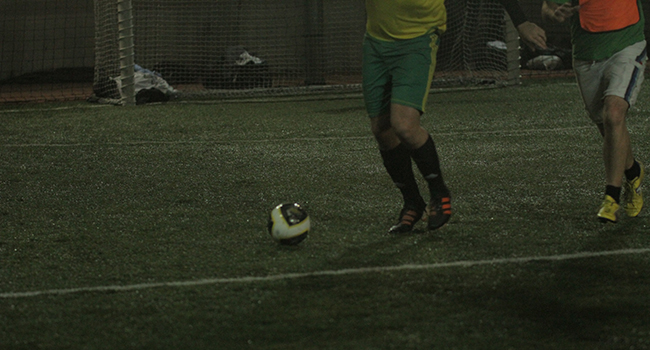
Struggling to keep focus. | Shot on Canon EOS 7D | f/2.8 | 1/400 sec exposure time | ISO: 3200 | Focal Length 120mm
Subject Moving Closer Towards Camera 04
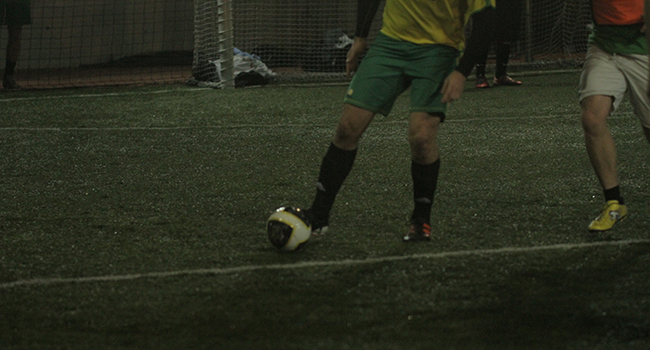
And out. | Shot on Canon EOS 7D | f/2.8 | 1/400 sec exposure time | ISO: 3200 | Focal Length 120mm
Subject Moving Closer Towards Camera 05
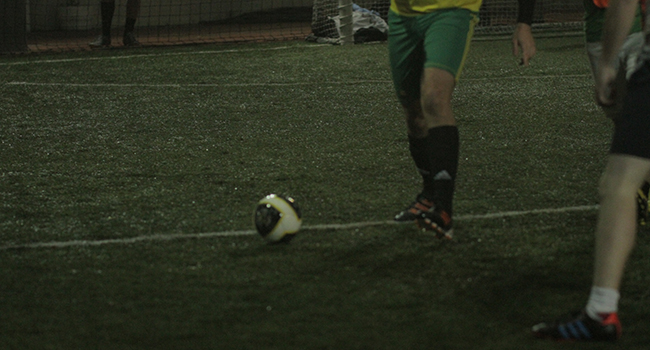
And the closer the worse. | Shot on Canon EOS 7D | f/2.8 | 1/400 sec exposure time | ISO: 3200 | Focal Length 120mm
Subject Moving Closer Towards Camera 06

The lens seems to really struggle tracking a moving subject coming towards you. | Shot on Canon EOS 7D | f/2.8 | 1/400 sec exposure time | ISO: 3200 | Focal Length 120mm
Subject Moving Away From Camera 01
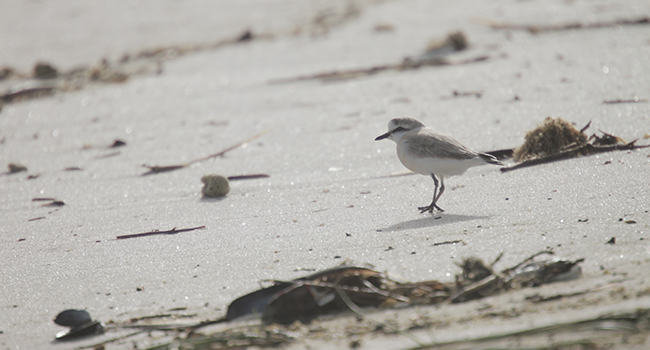
Before movement the subject (this tiny bird) is quite sharply in focus. | Shot on Canon EOS 7D | f/5.6 | 1/2000 sec exposure time | ISO: 320 | Focal Length, 600mm
Subject Moving Away From Camera 02
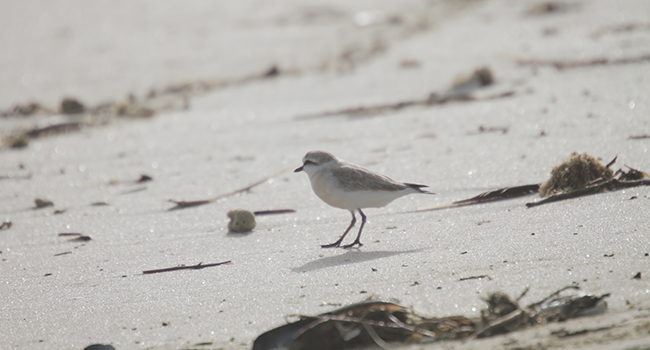
Still quite well focused. | Shot on Canon EOS 7D | f/5.6 | 1/2000 sec exposure time | ISO: 320 | Focal Length, 600mm
Subject Moving Away From Camera 03
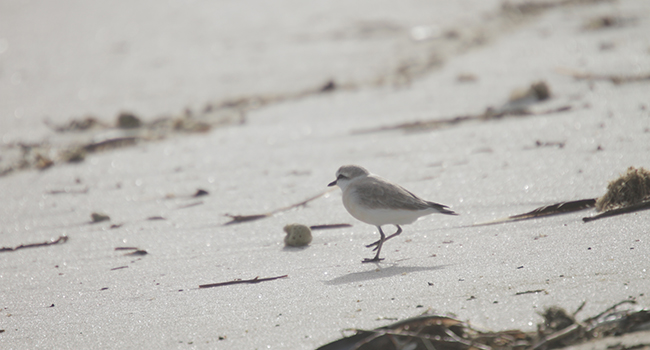
Subject is still mostly in Focus. | Shot on Canon EOS 7D | f/5.6 | 1/2000 sec exposure time | ISO: 320 | Focal Length, 600mm
Subject Moving Away From Camera 04
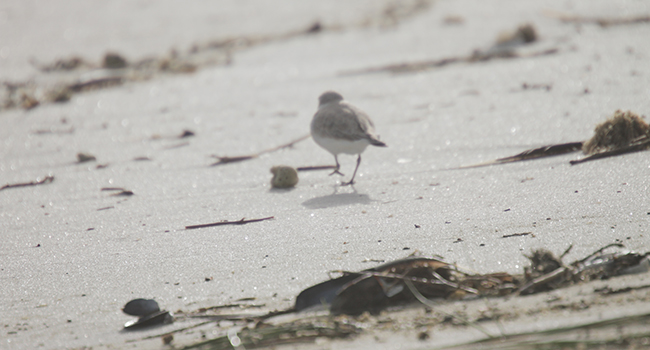
And focus is lost. | Shot on Canon EOS 7D | f/5.6 | 1/2000 sec exposure time | ISO: 320 | Focal Length, 600mm
Subject Moving Away From Camera 05
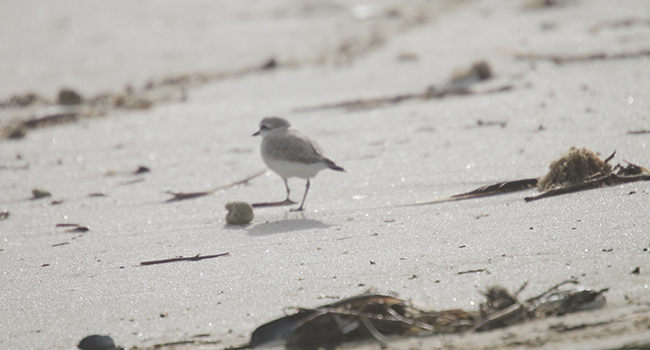
And it struggles to get it back in focus while the subject moves. | Shot on Canon EOS 7D | f/5.6 | 1/2000 sec exposure time | ISO: 320 | Focal Length, 600mm
Subject Moving Away From Camera 06
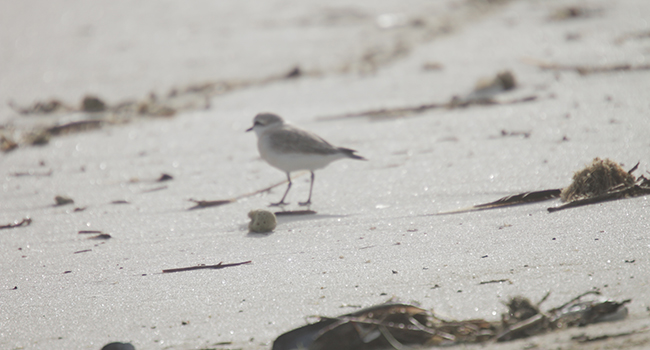
The worst. | Shot on Canon EOS 7D | f/5.6 | 1/2000 sec exposure time | ISO: 320 | Focal Length, 600mm
Sigma Birds On A Rock
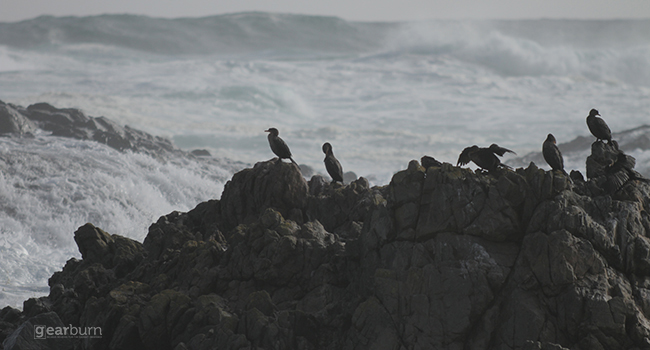
Sigma Gull
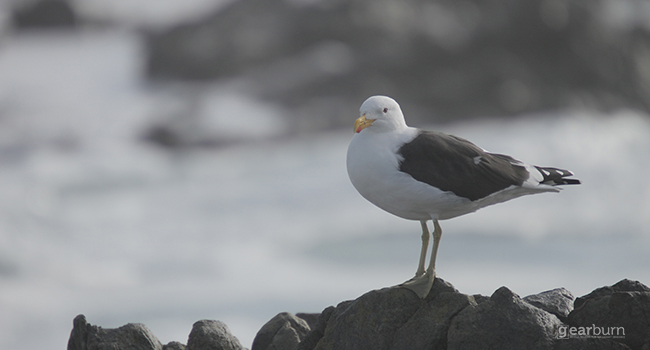
Sigma Lamp
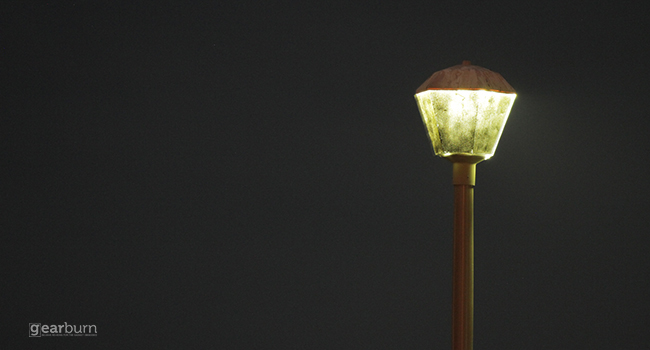
Sigma 2.8 Moon Close
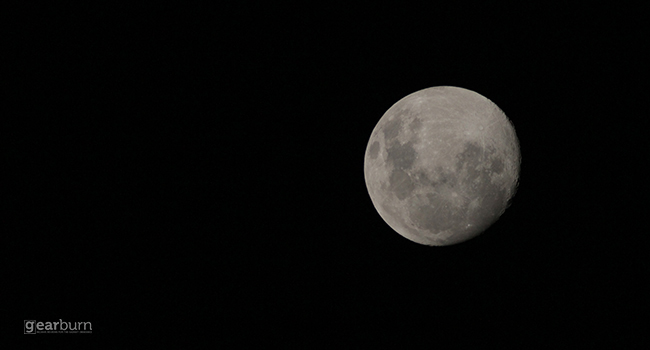
Sigma Moon Far
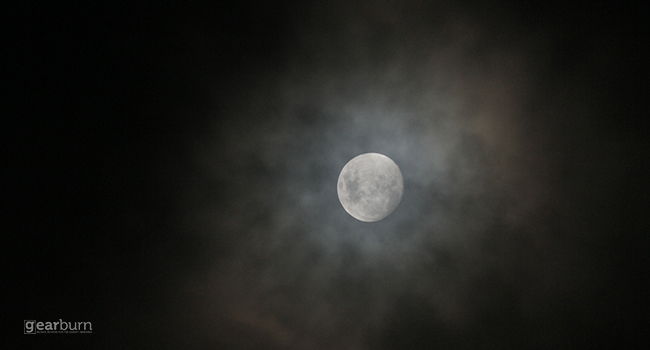
Sigma Ostrich Close
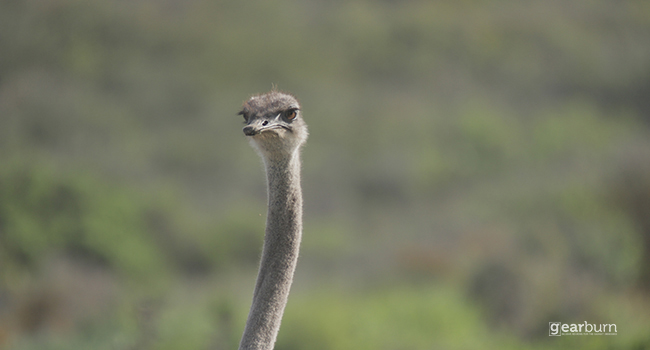
Sigma Lead

Sigma Ostrich Movement
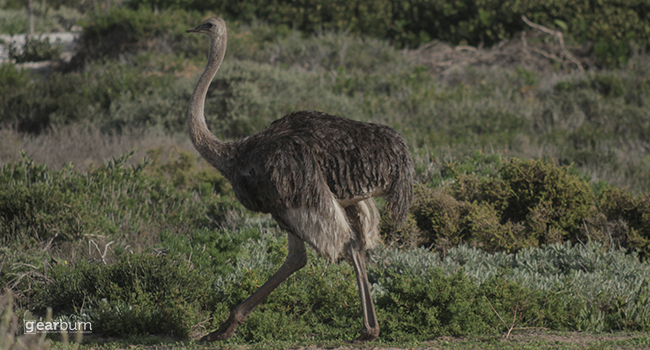
So out of the box, and without any software tinkering, I found the AF too slow to capture fast-moving subjects, which ironically does not make it the best for sports in my opinion. However, for nature, landscape and wildlife, I found myself capturing some amazing pictures, especially with the 2.0X teleconverter attached.







A ‘Sports’ lens for other things
All in all, recommending the Sigma as a purchase is not so tough, even with my AF-speed concerns, because it currently offers a telephoto zoom range that no other single lens on the market can, with impressive sharpness to its images, and a beautiful build quality to boot. Bear in mind that when Canon and Nikon do eventually release equivalents, they will 99.9% be more expensive than the Sigma too. And if you purchase the Sigma USB Dock (around US$80/R800), then my AF-speed concerns could be thrown out of the window.
Verdict: If you’re looking for a diverse zoom telephoto lens that takes sharp images with a range up to 300mm, the Sigma f/2.8 DG OS HSM is for you. But ironically I wouldn’t recommend it for sports (out of the box), but rather for nature, landscape and wildlife photography.
Score: 8/10.
The package comes with a carry bag (big enough for the lens, but not the lens plus a body unfortunately), as well as a metal lens hood which is just as good-looking as the lens body, if a bit tricky to tighten.
